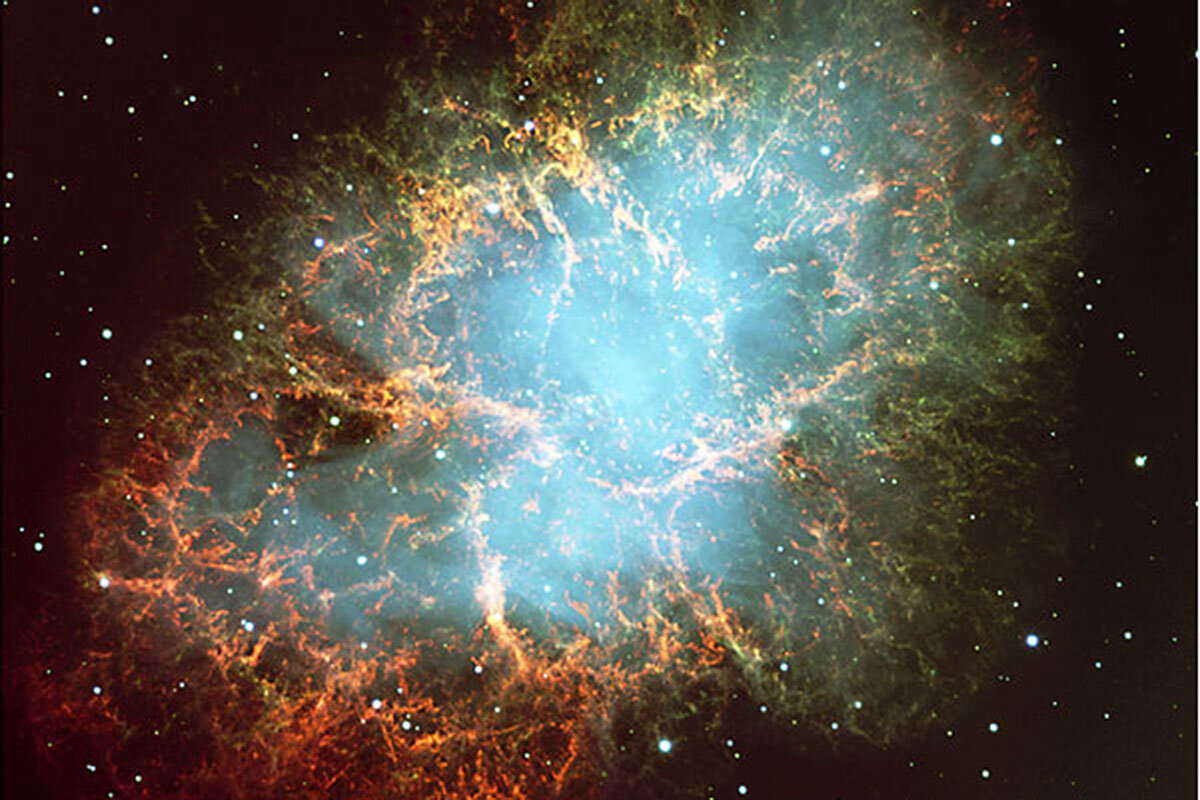Einstein vs. the universe

 Mark Sappenfield
Mark Sappenfield
The future of the universe depends on proving Albert Einstein wrong – or at least our understanding of it does, it seems.
Last week, the scientific journal Physical Review X released the most stringent test yet of Einstein’s theory of general relativity (think E=mc2). It involved seeing how the gravity of two pulsars – superdense star remnants more massive than the sun but only about 15 miles wide – warped space-time around them, slowing time and bending light. (Spoiler: Everything did exactly what Einstein predicted it would.)
Why, you may ask, are scientists still testing general relativity 106 years after Einstein posited it, especially considering it has passed every single test? The problem is, Einstein’s theory explains how matter behaves on the largest gravitational scales – around black holes and pulsars, for example. But it is completely incompatible with the science that explains how matter behaves on the smallest, quantum scales. You can’t have two contradictory laws to the universe, can you?
That is where we currently are, so in the quest to find a “law of everything,” scientists are training their fire on Einstein. “Finding any deviation from general relativity would constitute a major discovery that would open a window on new physics beyond our current theoretical understanding of the universe,” one of the study’s authors said in a statement. “And it may help us toward eventually discovering a unified theory of the fundamental forces of nature.”
The lesson from the latest study: Don’t expect Einstein to give up the fight easily.




